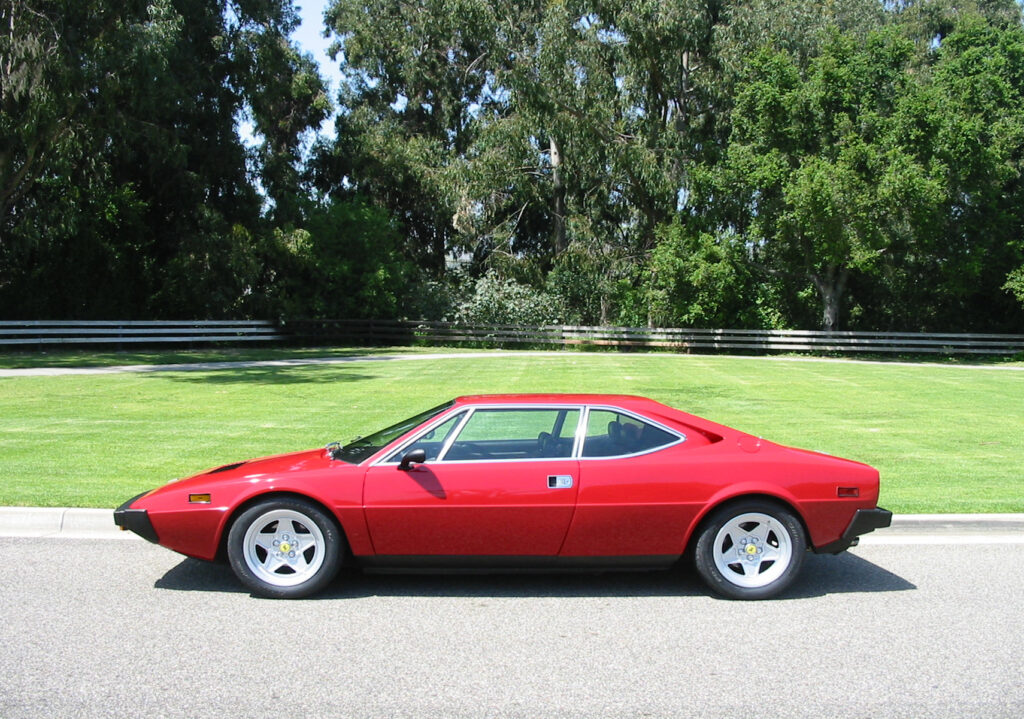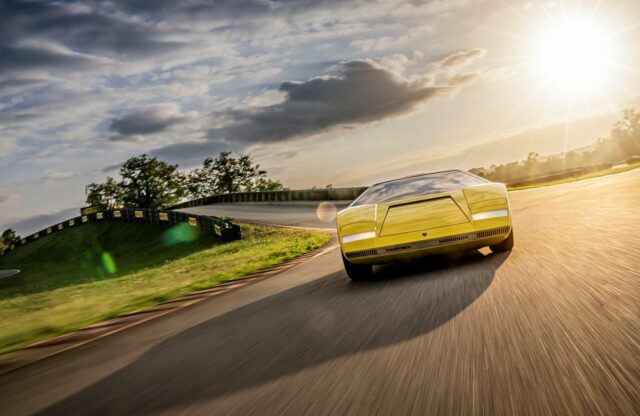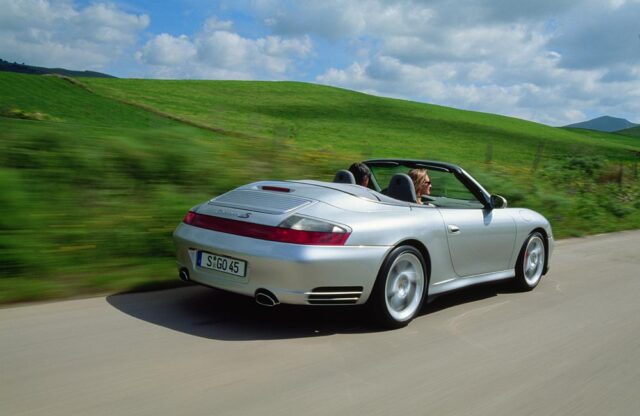WORDS: JOHN MAYHEAD | PHOTOS: WIKIMEDIA COMMONS
“Design creates culture. Culture shapes values. Values determine the future.”Robert L Peters
The passing of Marcello Gandini took from the world one of the very greatest of automotive designers. A lot of obituaries have been published since his death, and it’s not my place to add another, but his legacy is fascinating from a valuation perspective.
He is one of the most well known designers on the planet, someone who broke the (jelly) mould to create masterpieces such as the Miura, Countach, Stratos and Alfa Romeo Montreal; he’s the architect of the 1970s wedge supercar, shrouded headlamps and the box arch. If anyone meets Peters’ roadmap of culture-values-future, it is Gandini.
But, unlike any other art form, the automotive world can be harsh. Any painting by Picasso, sculpture by Henry Moore or Pest Control-certified Banksy print will be considered very special by collectors, no matter whether it was one of the artists’ best or not. Gandini designed the Volkswagen Polo, the Autobianchi A112 and the cab of the Renault Magnum truck, but only the most pretentious sellers would list these as “Gandini designed…’“.

The designer of a car – whether an individual or a design studio – does affect value, but in the automotive world, other factors must be in place first. Take one of Gandini’s famous wedges, the Ferrari 308 GT4. On paper, it ticks many boxes: it was the first rear-mid-engine V8 production car manufactured by Ferrari, a rear-wheel-drive sports car that was a true forerunner to models that later dominated the supercar market. Over time, its status as a Dino rather than as a ‘true’ Ferrari changed, from which its predecessor the 246 emerged with celebrity status, and values to match. But today, the top Hagerty Price Guide value for the 308 GT4 is just £68,900, while the 246 Dino can be found advertised for ten times that amount, as I discussed in an earlier piece.
OK, so the design of the 308 GT4 wasn’t Gandini (at Bertone’s) most visually stunning creation, while Pininfarina’s 246 body was sublime, but there’s more than that to separate the two cars. The 246 GT and GTS was unique, something that stood out from everything else on the road when it was new, as it does now. Park a 308 GT4 next to a Lamborghini Urraco, or even a Maserati Khamsin, squint, and there’s not that much to tell them apart. 246 Dinos were driven by Keith Richards, Frank Williams and Led Zeppelin’s manager Peter Grant. A 308 GT4 was driven by Elvis in 1974, when he was – how can I put this – physically past his best. Critically, the GT4 had four seats and – thanks to new legislation – phenomenally ugly impact bumpers on any of the cars sent to the US. Gandini’s reaction to that plastic sacrilege isn’t recorded.
Farewell Marcello, and thank you for the huge contribution you made to making the automotive world a more fascinating place.




